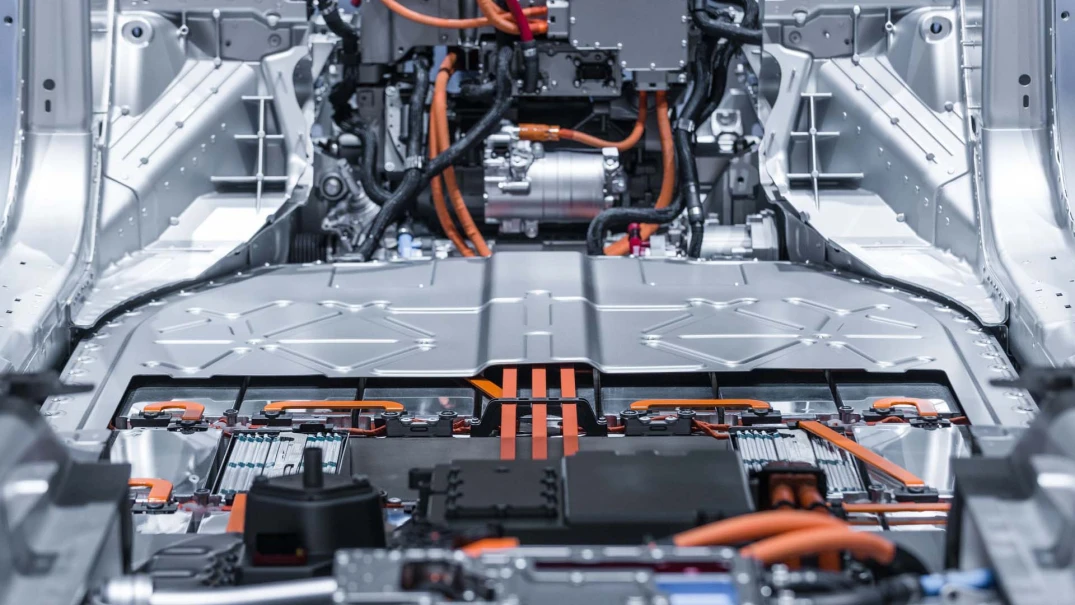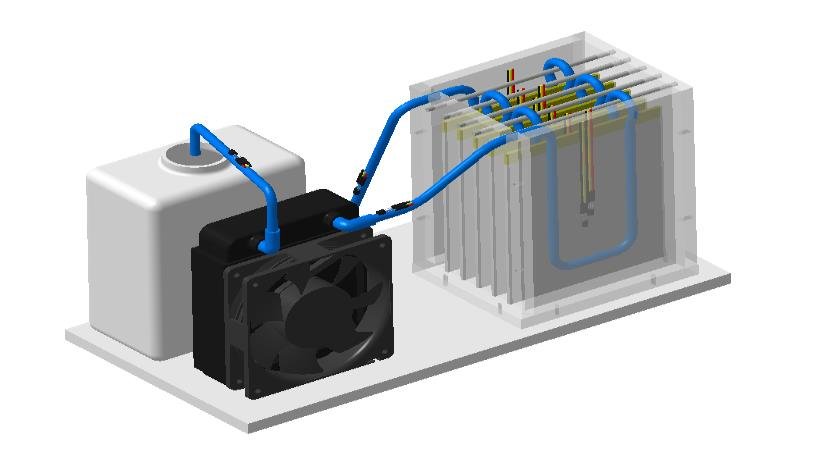Keeping Cool Under Pressure: Exploring Battery Thermal Management Systems

In an era where electric vehicles (EVs) are increasingly dominating our roads and renewable energy sources are on the rise, battery technology plays a pivotal role in shaping our sustainable future. However, the efficient functioning and longevity of batteries heavily depend on managing one crucial factor: temperature. This is where Battery Thermal Management Systems (BTMS) come into play. In this article, we will delve into the fascinating world of BTMS, exploring their importance, critical challenges, and requirements.
The Importance of Battery Thermal Management Systems
-
Safety First
Safety is paramount when dealing with high-capacity lithium-ion batteries. Extreme temperatures can lead to thermal runaway, causing catastrophic failures, fires, or explosions. BTMS plays a crucial role in maintaining a safe operating temperature range for batteries, protecting users and the environment.

-
Battery Performance
Temperature greatly influences battery performance. Extreme cold can reduce a battery's capacity and output, while excessive heat can accelerate degradation and shorten its lifespan. BTMS helps maintain optimal operating temperatures, ensuring peak performance and efficiency.
-
Range and Efficiency
In EVs, maintaining the right battery temperature is key to maximizing driving range and efficiency. BTMS helps regulate the temperature, minimizing energy losses, and ensuring that the vehicle can travel longer distances on a single charge.
Critical Topics and Problems in Battery Thermal Management
- Thermal Runaway Mitigation
Preventing thermal runaway is a primary concern for BTMS. It involves monitoring and controlling the battery's temperature, ensuring it remains within a safe range. Advanced systems use cooling methods like liquid cooling or air cooling, combined with sophisticated control algorithms to achieve this.

- Uniform Temperature Distribution
Ensuring that all cells within a battery pack maintain a uniform temperature is challenging. Variations in temperature can lead to unequal wear and tear, reducing the overall lifespan of the battery. Advanced BTMS employ techniques like active cell balancing and multi-point temperature sensing to address this issue.
- Energy Efficiency
BTMS itself consumes energy to maintain the battery's temperature, which can impact the overall efficiency of the system. Engineers are continuously working on improving the energy efficiency of BTMS through innovative solutions, such as waste heat recovery and optimized thermal insulation.
- Thermal Management in Extreme Conditions
Batteries are used in diverse environments, from the freezing cold of the Arctic to the scorching heat of deserts. Developing BTMS that can perform reliably in extreme conditions remains a challenge, as these systems need to adapt to varying temperature ranges.
Requirements for Effective Battery Thermal Management
- Temperature Sensing and Monitoring
Accurate temperature sensing and monitoring are essential for any BTMS. Precise data on battery temperature allows the system to make real-time adjustments, ensuring safe and efficient operation.
- Cooling Solutions
Efficient cooling methods, such as liquid cooling or air cooling, are required to regulate temperature effectively. The choice of cooling method depends on the application, with liquid cooling often preferred in high-performance EVs.

- Control Algorithms
Sophisticated control algorithms are the brains behind a BTMS. These algorithms analyse temperature data and make decisions to maintain optimal conditions. Machine learning and artificial intelligence are increasingly being used to enhance these algorithms.
- Safety Mechanisms
In-built safety mechanisms, such as emergency cooling systems and thermal insulation, are vital to prevent thermal runaway and mitigate risks associated with extreme temperatures.
Conclusion
Battery Thermal Management Systems are the unsung heroes behind the success of modern lithium-ion batteries, powering our electric vehicles and renewable energy storage solutions. As we continue to push the boundaries of battery technology, the development of advanced BTMS remains crucial to ensuring safety, maximizing performance, and extending battery life. Solving the challenges posed by thermal management systems will be instrumental in shaping a more sustainable and electrified future.






